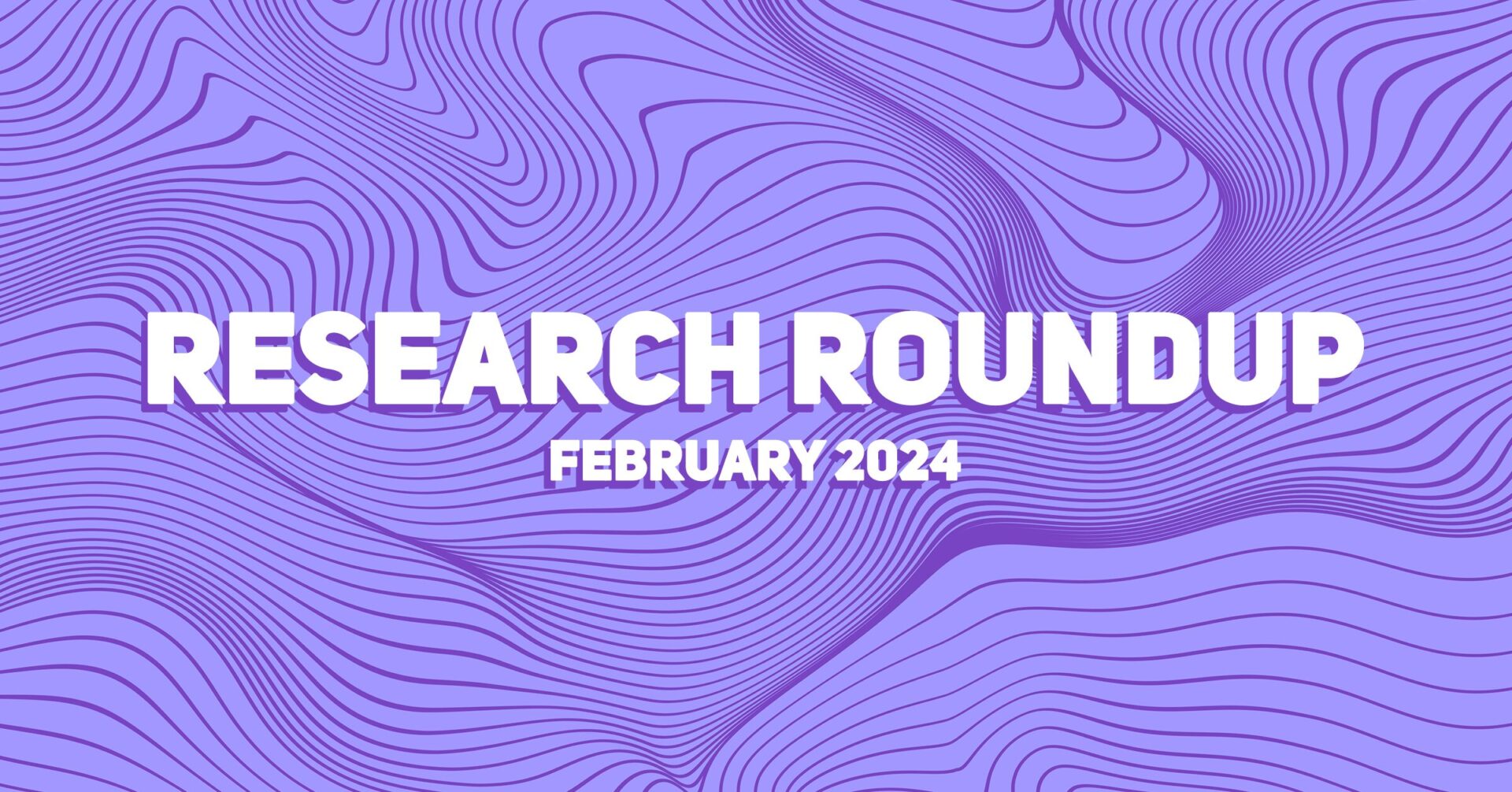The moderators of the D/ARC are excited to announce a new initiative: the monthly research roundup! Over the next several months, we'll be highlighting important recent research into Discord as a platform here on the D/ARC blog. Given the size of the D/ARC's Zotero Library (over 212 items!), we hope this will be a useful way for us to highlight crucial research.
For February, we have three open-source works we want to highlight that contend with Discord’s proximity to both gaming and livestreaming platforms like Twitch. As a reminder, you can access the D/ARC Zotero library at darcmode.org/zotero, and make additional suggestions for the library in the server!
Gaming and Extremism: The Radicalization of Digital Playgrounds (Schlegel & Kowert, 2024)
🔓 Open Access: https://library.oapen.org/handle/20.500.12657/87528?show=full
Hot off the presses, this edited collection is a comprehensive excavation of gaming culture in the context of extremism and radicalization pipelines. A significant number of the volume’s chapters contend specifically with “gaming-adjacent” platforms, of which Discord is a primary focus (in addition to Steam and Twitch).
Not only do the articles in this collection contend with Discord’s harboring of extremists, but it explores how these communities network with other gaming platforms, including Roblox, Minecraft, Twitch, and more. In particular, those interested in Discord may benefit from Jacob Davey’s article “Extremism on Gaming (-Adjacent) Platforms.”
Citation: Schlegel, L., & Kowert, R. (Eds.). (2024). Gaming and Extremism: The Radicalization of Digital Playgrounds. Taylor & Francis. https://doi.org/10.4324/9781003388371

‘I’m so Pogged I’ve Got Pog-Juice Seeping out of My Eyes!’: The Affective and Communal Language of Emoji on Twitch and Discord (Lemmes, 2023)
🔓 Open Access: https://image-journal.de/im-so-pogged-ive-got-pog-juice-seeping-out-of-my-eyes/


In this article, media studies scholar Marcel Lemmes examines one of Discord’s most vibrant affordances: custom emoji. To define the personality of their server, owners can add up to 50 custom emojis to a library, which are available to all active members; only Discord’s paid Nitro subscribers can use emoji outside their original server. Lemmes’ article highlights how emoji take on cultural meanings unique to specific Discord servers, writing: “custom emoji are often suggested by the community in reference to certain events (e.g., a spectacular failure during a Twitch live stream) or sometimes democratically decided upon via polling (which is quite common on Discord), a feeling of ‘I was there’ may at times be integral to the ‘in-group’s’ identity.” The article’s conceit as cross-platform analysis of Discord and Twitch draws attention to the spillages and specificities of emoji/emote use across platforms, which maintain distinct cultures of use despite often overlapping users. As Lemmes highlights in the article’s introduction, emojis are “dependent on broader contexts; their academic analysis is, therefore, reliant on taking social, communal, cultural, and especially medial factors into account.” This article is recommended reading for anyone interested in researching platform cultures and affordances, on Discord and beyond.
Citation: Lemmes, M. (2023). “I’m so Pogged I’ve Got Pog-Juice Seeping out of My Eyes!”: The Affective and Communal Language of Emoji on Twitch and Discord. IMAGE, 19(2), 263–280. https://doi.org/10.1453/1614-0885-2-2023-15761
“yeet nitro boosted”: A Postdigital Perspective on Young People’s Literacy Engagements with the Discord Platform (Robinson, 2022)
🔓 Open Access: https://journals.sagepub.com/doi/10.1177/23813377221115738
While less recent than the other works noted here, Bradley Robinson’s study is an incredibly useful investigation of the emergent literacy practices of youth in using Discord. Through a reflective investigation of the discourse of camp-goers and Discord’s interface, the article explores how the economics and social signifiers of Discord (nitro, boosting, etc.) shape discourse “on, with behind, and Beyond Discord.” As Robinson argues in the conclusion, “given the accelerating spread of platforms across all spheres of contemporary life, there is an urgent need for more empirical studies investigating the relationship between individuals’ literacy activities and the digital platform environments within which they take shape.” Robinson’s study looks to provide inroads to do precisely that.
Citation: Robinson, B. (2022). “yeet nitro boosted”: A Postdigital Perspective on Young People’s Literacy Engagements With the Discord Platform. Literacy Research: Theory, Method, and Practice, 0(0), 1–18. https://doi.org/10.1177/23813377221115738



Comments are closed